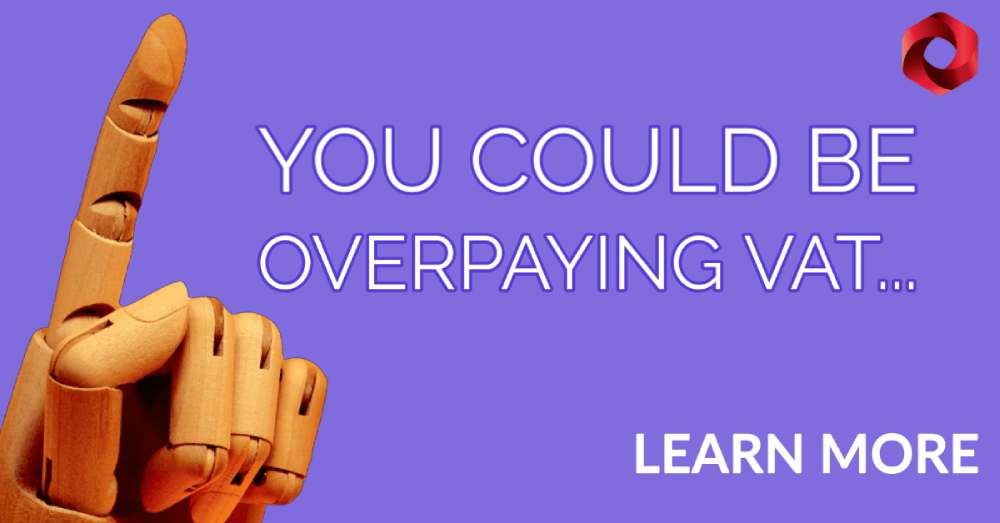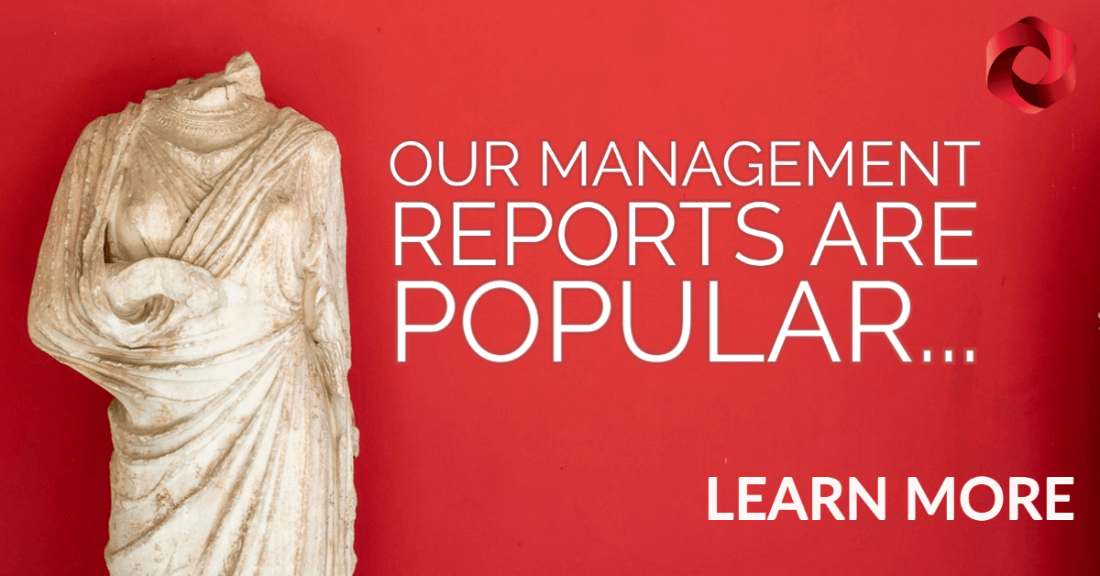TOP 7 TIPS FOR A VAT INSPECTION
- August 2021
- 5 minutes
Every year HMRC sends out thousands of letters to businesses informing them of an upcoming VAT Inspection. For busy business owners this can cause significant disruption and worry.
The words HMRC would like to come and do a VAT inspection for client are enough to spark a sense of dread in the most experienced business owner. It doesn’t necessarily have to be this way. Before we get into how to handle a VAT inspection we need to answer two key questions:
- What exactly is a VAT inspection?
- Why am I getting a VAT inspection?
 What exactly is a VAT inspection?
What exactly is a VAT inspection?
HMRC is to visit the client’s premises of a business or our office where the HMRC inspector will review the books and records of the business, usually covering the last 4 years of the business accounting periods.
The inspection always begins with either a phone call or a letter from HMRC saying there is going to be a VAT inspection and what records they will be reviewing.
HMRC will usually want to go through a VAT detail report, that shows the output VAT & input VAT transactions individually from the last 4 years, and then when that is finished, they will pick a randomly selected sample of purchase invoice or sales invoice to review first hand.
After all, reviewing the information and VAT detail reports which can take few hours, the inspector will discuss the findings from the information that he/she inspected on the day.
 It is at this point that either one of the following can happen:
It is at this point that either one of the following can happen:
- There is more information that they need, for instance, a purchase invoice that they couldn’t find
- Or they have specific queries relating to an invoice that they need our help with
- They have found an error on an invoice – sales invoice calculated incorrectly for example
- Everything they have reviewed is fine
- There is a discrepancy that requires follow up explanation from the client which we will need to provide by a specific date
 Why is the business getting a VAT inspection?
Why is the business getting a VAT inspection?
This can be a difficult question to answer sometimes as the reasons are unclear, in our experience, there are several reasons why a VAT inspection has been requested.
The specific trade of the business-some trades/industries are more prone to VAT inspections than others, as they have more risks from an HMRC point of view and have a lot more VAT issues (shops, restaurants, construction industry, hair and beauty salons).
HMRC runs campaigns sometimes where a specific industry is targeted and unfortunately your business happens to be in that trade so gets an inspection.
- A supplier/customer of the business has had a vat inspection for a specific reason and as a result, HMRC will decide to do an inspection of their top customers/suppliers as some issues highlighted with the original inspection could apply to them also.
- HMRC have received a tip off about a business that requires an inspection to investigate further, however in this instance HMRC will never divulge this as the reason, it is an issue we have heard of though.
- The business has recently vat registered(A) or deregistered(B) and therefore HMRC will do a vat inspection to review if records are being properly as is likely in situation A, or that everything has been done correctly on deregistration, situation B. An example in B would be closing stock in the business should be charged vat at the market rate or at least cost to claw back some of the input vat that was claimed on this stock.
- HMRC has spotted a discrepancy between figures submitted on the corporation tax return for a limited company or an individuals self assessment tax return. An example here might be the sales per the vat returns for an accounting period does not match the sales submitted on the vat inspection.
 What are the top tips for a VAT inspection?
What are the top tips for a VAT inspection?
- Get the inspection on your terms
You don’t want a vat inspection next week, especially if you know your business will be extremely busy. We usually communicate with HMRC directly and request a delay if the client requires additional time to gather all of the records, such as if they are in cold storage, or to have the inspection conducted at our office, which is preferable to having a vat inspector visit your premises for your customers, suppliers, and employees will be able to see it. It doesn’t always work out perfectly, but you should try your hardest to schedule the vat inspection at a time and location that is convenient for you, and we’ve found that vat inspectors are eager to work with businesses on this.
- Be upfront and honest at the very beginning of a vat inspection
Sometimes mistakes happen in business, such as vat being claimed on something that wasn’t supposed to be or the business not charging vat on a specific product or service or to a customer for some reason. What matters in a vat inspection is that if you discovered the error in your preparation before the vat inspection, our advice is to tell the vat inspector about it right away. The following are the reasons:
- It gets it out of the way for you and you don’t have to worry about it which can have a positive boost to you rather than worrying about it being discovered.
- The VAT inspector finds it on their own later on & you have known about it, then are going back to look worse on the disgression than the opposite scenario where you have been upfront about the mistake and they will in some cases agree to suspend the penalties as a result of your honest approach. HMRC works on a harsher penalty system where businesses deliberately withheld the information.
- Make sure you have insurance that covers the inspection
Your accountant’s assistance in preparing for the inspection, attending the inspection, and following up on your behalf can take a long time. Even if you’ve paid your accountant for various services along the way, it’s unlikely that this will cover a vat inspection. As a result, it’s always a good idea to check with your accountant to see if they offer vat/tax inspection insurance or if it’s available through the FSB or any other provider ou are paying into.
- Get your business onto online accounting – Xero and Receipt Bank
At the touch of a button, you can access all of your sales invoices, customer information, VAT records, bank information, and purchase invoices within Xero, and Receipt Bank will save every purchase invoice in its archive for you. . So this puts you in a far better position as means much less time preparing your records and information can be obtained instantly for the vat inspector, saving them and you loads of time.
- Follow up promptly and give the vat inspector the information requested
If you do need to get the vat inspector any follow-up information or explanations then try and get this to them as soon as possible. The reasons are:
- This gets it out of the way and means you can move on with everything
- You don’t want the inspection dragging out which can lead to more penalties as HMRC might see this as an example of non-compliance
- Learn from the experience and implement any suggestions made by the inspector
HMRC usually identifies some aspect or issue that the business must address, but this does not always result in a penalty being imposed. As a result, you must take note of those issues and work to resolve them as soon as possible, because the last thing you want is a follow-up inspection where you’re chastised for the same mistake.
We hope this helps explain more about VAT inspections and how to make them a positive experience for the business.


